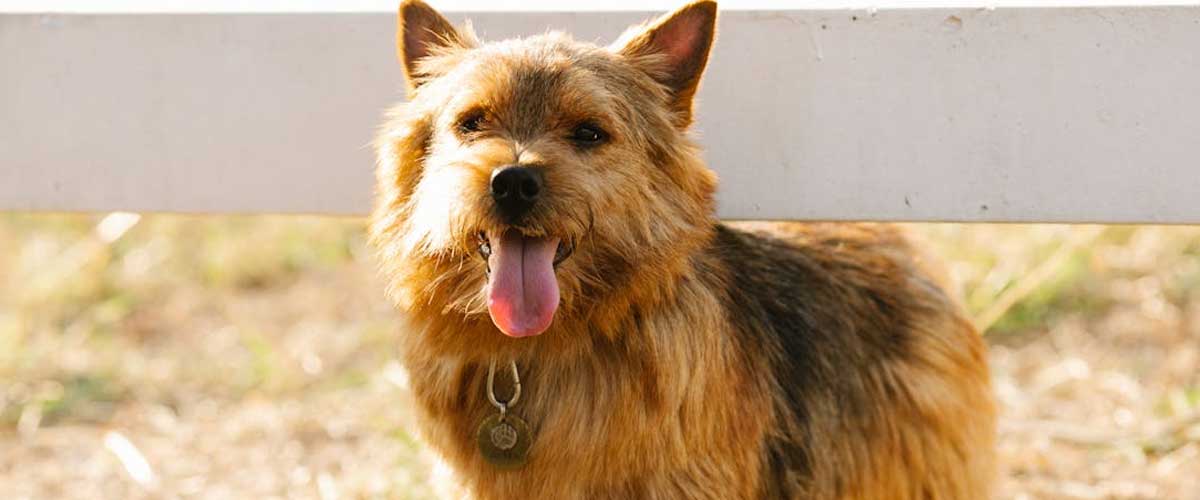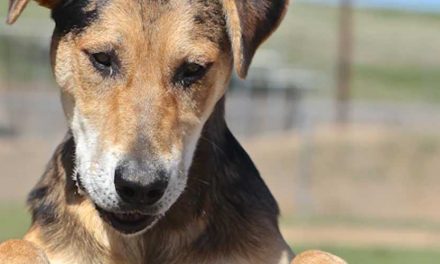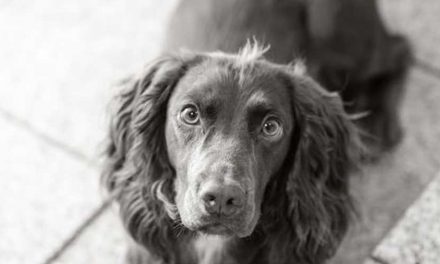The Norwich Terrier, a breed that is both charming and spirited, has captured the hearts of dog lovers around the world.
With its sturdy build and lively demeanor, this little dog is not just a companion; it’s a bundle of joy and energy wrapped in fur.
History
Originating in the early 20th century in England, the Norwich Terrier was primarily developed for hunting small vermin, particularly in the bustling countryside around Norwich.
With its keen hunting instincts and tenacity, this breed was often found working alongside farmers to keep their properties free of pests.
Over time, the Norwich gained popularity beyond its working dog roots, becoming a beloved companion animal.
The breed is closely related to the Norfolk Terrier, a variety that features drop ears rather than erect ones.
The Kennel Club officially recognized the Norwich Terrier in 1932, cementing its place in the annals of dog breeds.
Appearance
Norwich Terriers possess a compact, muscular build that exudes strength while still maintaining an adorable appearance.
They typically stand between 10 to 12 inches in height and weigh around 10 to 12 pounds.
Their double coat is rough and wiry, with colors ranging from red and wheaten to black and tan.
A well-groomed Norwich Terrier showcases its signature scruffy look, accentuating its expressive face and perky ears.
Temperament
One of the most appealing traits of the Norwich Terrier is its lively and affectionate nature.
These dogs are known for their friendly disposition and incredible loyalty to their families.
They thrive on human interaction and are good with children and other pets, making them excellent family companions.
Norwich Terriers are also known for their intelligence and curiosity.
They have a playful spirit and require regular mental and physical stimulation to keep them happy.
Because of their strong prey drive, they may exhibit chasing behaviors, so it’s essential to provide proper training and socialization.
Training
Training a Norwich Terrier can be a rewarding experience, as they are eager to please and quick to learn.
Positive reinforcement methods work best, as these dogs respond well to encouragement and treats.
Consistency is key, as is beginning training at a young age to instill good habits.
Socialization is equally important.
Introducing them to various environments, people, and other animals early on will help shape a well-adjusted dog.
Due to their spirited nature, early training can also prevent behavior issues that may arise from boredom or lack of structure.
Exercise Needs
Despite their small size, Norwich Terriers are energetic and require regular exercise to maintain a healthy lifestyle.
Daily walks, playtime in the yard, and engaging activities are essential for keeping them physically fit and mentally stimulated.
These dogs enjoy interactive games and benefit from challenges that allow them to use their intelligence.
Health
Like all breeds, the Norwich Terrier is prone to certain health issues, though they are generally sturdy and long-lived.
Regular veterinary check-ups, a balanced diet, and exercise contribute to their overall health.
Some common health concerns to be aware of include hip dysplasia and patellar luxation.
Conclusion
The Norwich Terrier is more than just a charming little dog; it is a devoted companion, an energetic playmate, and a joyful addition to any household.
With proper care, training, and attention, Norwich Terriers can thrive as happy, well-adjusted members of the family.
Their spirited personalities and affectionate nature make them a delightful breed for those who lead an active lifestyle and are looking for a furry friend to share their adventures.
Whether you’re seeking a loyal companion or an intriguing character to warm your home, the Norwich Terrier might just be the perfect fit.









